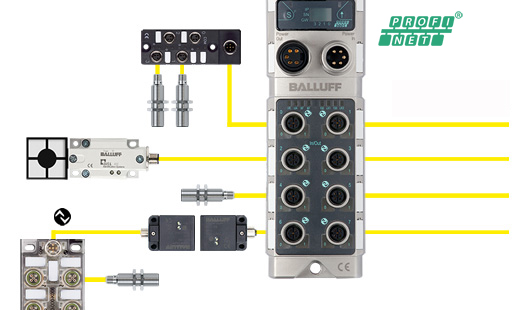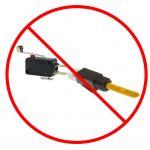PROFINET networks connect PROFINET controllers and devices in an automation network. But there are other networks used in automation – some competitive to PROFINET and others complementary. PROFINET is an Industrial Ethernet. Other Industrial Ethernets include EtherNet/IP and Modbus TCP. PROFINET, EtherNet/IP, and Modbus TCP are the Big Three of Industrial Ethernets. There are others but they tend to be niche networks by application or geography.
PROFINET and Modbus TCP have roots in earlier, serial protocols: PROFIBUS and Modbus. These serial networks are collectively called fieldbuses. Other serial fieldbuses include Interbus and DeviceNet. PROFIBUS has the largest installed base of the serial fieldbuses.
PROFINET is a great backbone for I/O, controllers, vision systems, drives, and more. But it isn’t all things to all devices. There are times and places where PROFINET is not the logical network to use. Fortunately, PROFINET integrates complementary networks and devices.
Electromechanical sensors and actuators have no network capability. They just connect to I/O blocks on the PROFINET network. So problem solved.
Since you cannot land any Ethernet in a hazardous environment, PROFINET cannot go there. But PROFIBUS PA can, and has for decades. And PROFIBUS PA integrates into PROFINET via an open-standard-based proxy (like a gateway, but not one, since the mapping is defined in the open PROFINET spec). Foundation Fieldbus can integrate the same way.
IO-Link and AS-interface and many other networks can integrate into PROFINET via proxy as well. IO-Link is not a network but a point-to-point digital communications method. Still it integrates into PROFINET via an IO-Link master with PROFINET ports. Think of IO-Link as HART for discrete. (There is a HART proxy too, of course.) AS-i is a network usually considered for simple on/off operation of sensors and actuators. See why these are complementary to PROFINET?

PROFINET IO-Link Master (Balluff)
What if you have a legacy network that you don’t want to rip and replace? There is probably a proxy for that. We have them for DeviceNet, Interbus, and many others. PROFINET complements them.
While PROFINET could certainly take data up to the cloud (meaning to HMIs, historians, and analytics packages), it may not be the best way. PROFINET gets data to the controller where additional actions are taken: logic is applied, timers time, counter count. In other words, additional data is created. So it makes sense to go from the controller to the cloud and OPC UA is the way to do that. Like PROFINET, OPC UA is also an open standard and that’s important in the IIoT and Industrie 4.0 architectures. PROFINET and OPC UA run on Ethernet (Standard Unmodified Ethernet). So they can share the infrastructure where it makes sense.
For further study:
Wikipedia article, “EtherNet/IP.”
PROFIblog post on other paths from devices to the cloud.
 Do you want to learn more about PROFIBUS or PROFINET?
Do you want to learn more about PROFIBUS or PROFINET?
The PROFI Interface Center has you covered with PROFIBUS and PROFINET Certified Network Engineer classes.
Our certification classes are intense, hands-on courses. You will learn how the underlying technology works from the application to the frame level. After passing both a practical and written exam, you become certified.
For more information, contact us or visit our website.
